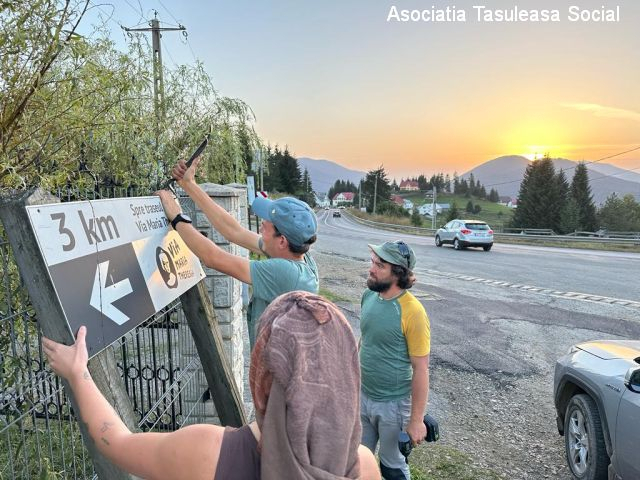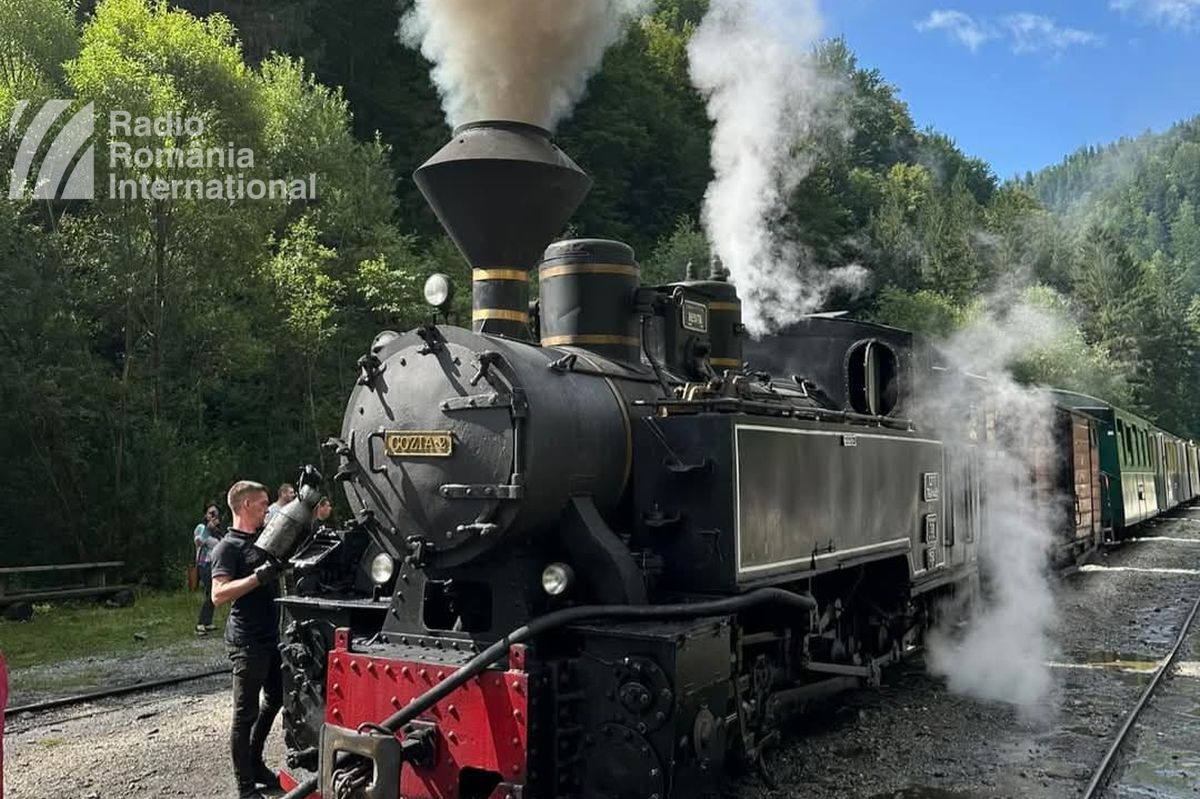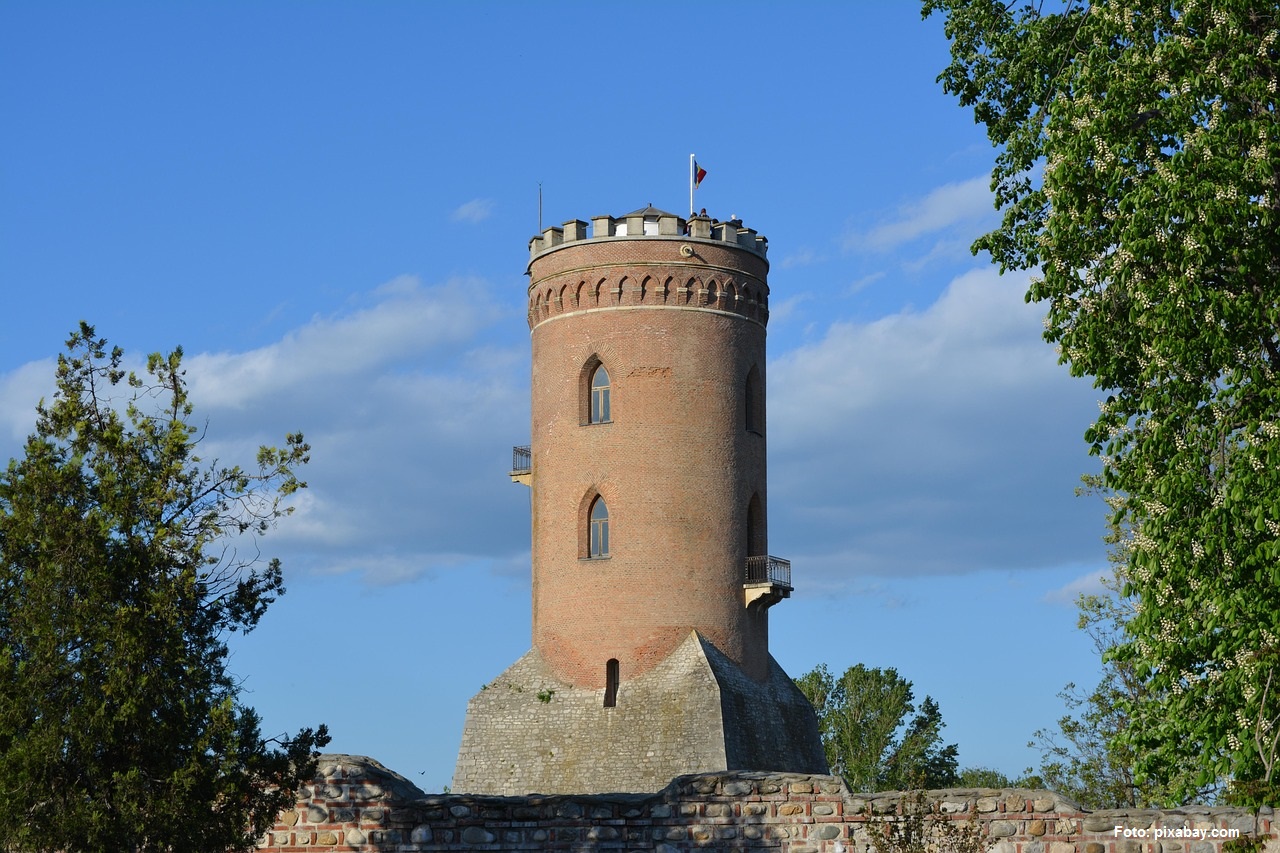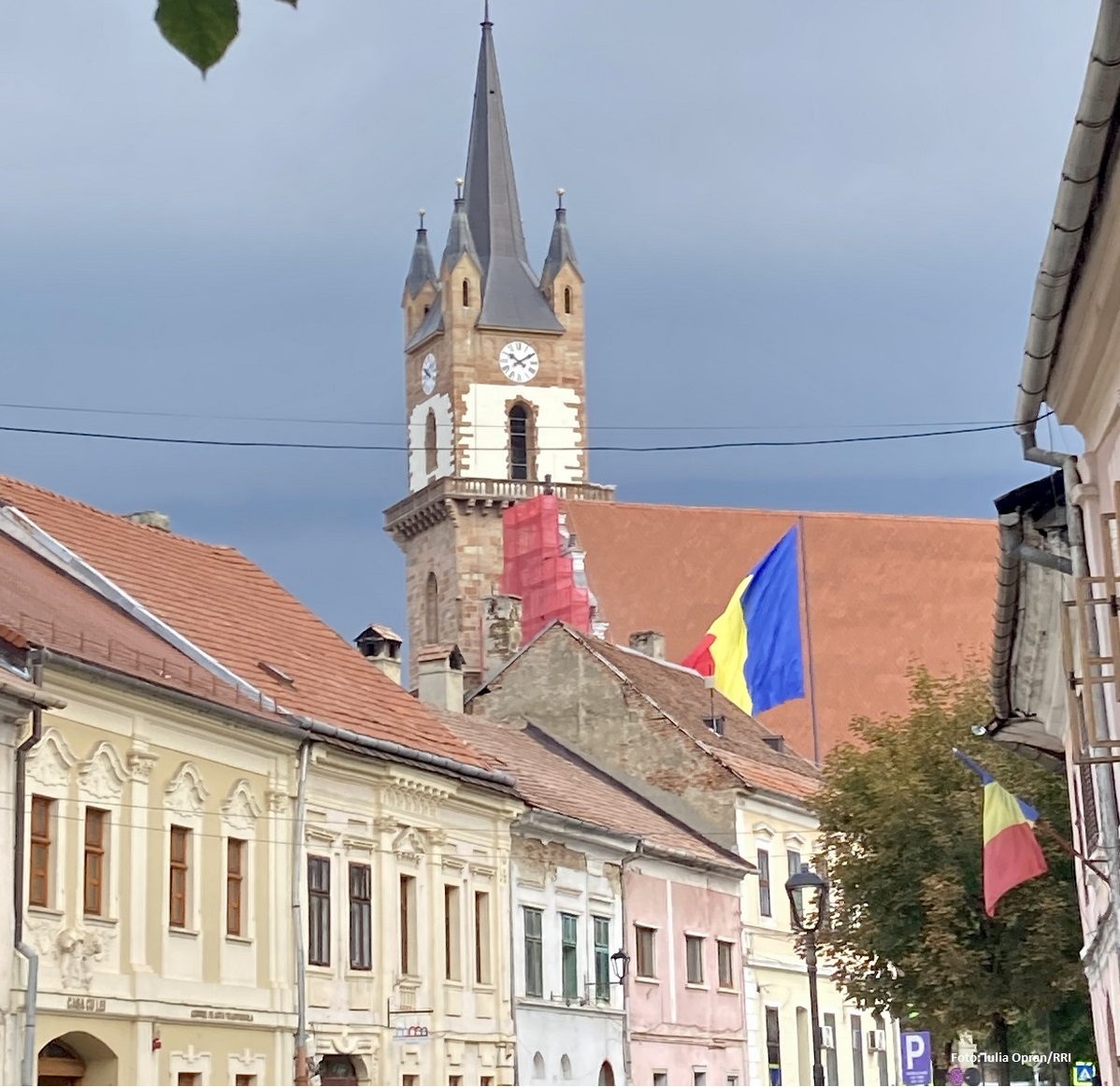Long-distance hiking and cross-cultural bonding
Via Transilvanica

Daniel Onea, 05.10.2023, 14:00
Via Transilvanica is Romania’ s longest hiking trail. It
connects sites that have been included on UNESCO World Heritage List. Via
Transilvanica is also a vital connection between the local communities and various
aspects of the heritage, including both built and natural legacy, but also the
immaterial tradition. Via Transilvanica is rated as a most remarkable achievement
for the Romanian Heritage, so much so that the European Commission granted Via Transilvanica
the European Heritage Award 2023.
Anna Szekely is Tasuleasa Social’s executive manager and
the author of the Hiker’s Guide to Via Transilvanica. Anna told us it is Romania’s
first long-distance hiking trail, running through the entire Romanian territory,
north to south-west.
This long-distance hiking trail was created
in a bid to show Romania’s entire beauty and ethnic and cultural diversity. It
was thought out in such a way that the hiker or the cyclist, or whoever comes
to visit Romania, should discover Romania the way it is. First of all, I’ve
told that before and I will say it again, it is also very important that we, the
Romanians, rediscover the beauties of the country as we’re not aware of them
just as yet. We cut through 400 communities with Via Transilvanica. These communities are very diverse and along the way
we get to know more than 18 ethnic groups. We’re speaking about a stunning
cultural and ethnic diversity. The heritage, we come across it everywhere, every
step we take. Also, we cut through lots of rural areas, of which some are
almost abandoned. There are villages on the brink of extinction, with a couple
of elderly people who are still there but we don’t know for how long. And yet, since Via Transilvanica crosses those
particular regions, the youngsters are invited to return to those areas. The
rural areas have a tremendous diversity, we can find all sorts of traditions,
food, we can have our fair share of very impressive culinary and cultural
experiences.
On the official site, at viatransilvanica.com,
hikers even have a blog of their own, they even have an interactive group on Facebook,
labeled Transilvanica Official Group.
Anna Szekely:
There people open the
page and ask how they can take a hiking trail, they find their hiking companions,
they also ask technical questions. There are very many useful pieces of
information, yet most of them can be found in the Hiker’s Guide they can access
on our website. The guide is translated into five languages. I really love
speaking about it, as I am the one who wrote it. Together with my women
colleagues, we documented the entire trail and we compiled this guide where all
the needed pieces of info can be found, for those who are into taking up a long-distance
trail. Also, it is downloadable for free. As a rule, we redirect everybody to
the blog, so they can get info on accommodation, on the trail, of the trail
map, on the regions, on the areas we cross. We have a verbal description of
that, but we also have lots of technical data that re very important for a
trip.
Accessing the Hiker’s Blog, the tourist can find it easy to
pick the segment of the trail he wants to take, as the trail is divided by
days. So, a one, a two-day or a weekend-long hike can be planned, or a
fortnight-long, or even for the entire trail. Even the organizers themselves
answer the more technical questions. With details on that, here is Tasuleasa
Social’s executive manager and the Author of The Hikers’ Guide to Via Transilvanica,
Anna Szekely.
There we teach prospective hikers to plan
their hike in such a way that they should avoid getting lost, also planning
their overnight stays, we inform them on the places where springs can be found,
shops, or the emergency numbers. There are all sorts of very useful pieces of
information. And we did have a great many foreign hikers. We ‘ve had most of
them this year. We have foreigners from all over the world: from Australia, from
Canada, from the United States of America, from Great Britain, from Germany,
Switzerland, Spain, France. They have been very impressed with how the trail is
marked. Let me also say one of our first foreign hikers was Christine
Thurmer, who, two years ago, was a thru-hiker for the trail. She is one of the world’s
most hiked women, with a record of more than 60,000 or 65,000 kilometres she walked
around the world, on long-distance trails. She was the first woman to have had a
thru-hike of this trail all by herself. She was the one who provided the greatest
and the best feedback, for us, saying that through the andesite milestones
marking every kilometre and which have various sculptures, we practically have
the world’s longest fine arts and sculptures exhibition.
Specifically, there are 1,400 such milestones marking a
truly unusual hiking trail, and a full one, at that, in terms of the experience
we can have, says Tasuleasa Social’s executive manager and the Author of The Hikers’
Guide to Via Transilvanica, Anna Szekely. The uniqueness of Via Transilvanca has
also enjoyed recognition since it was declared the winner of one of the
European Awards for European Heritage, the Europa Nostra Awards in 2023. The
Awarding ceremony was held in Venice in late September, with the vice president
of the European Commission, Margaritis Schinas,
attending. The public’s award was granted also in late September. So Via Transilvanica
was the most highly-appreciated European heritage project, for which 27,000 people
cast their votes in favour.
It is
a great honor for us to enjoy international recognition, with that coming from the
European Commission itself, and we keep our hopes alive we can live up to everyone’s
expectations. I invite anyone from abroad or from Romania to come over and become
familiar with the beauties of the country as they do their hiking, since it is
one of the best and soundest ways to know the highs but also the lows of a
country. This the best way to know and love Romania.
Through its 1,400-kilometer-long trail, Via
Transilvanica crosses 400 de localities and 10 counties, being divided into
seven cultural historical regions. The trail connects 12 sites included on
UNESCO’s World Heritage List. The construction of Via Transilvanica lasted for
about five years, being completed with the support of 8,000 volunteer workers.






























